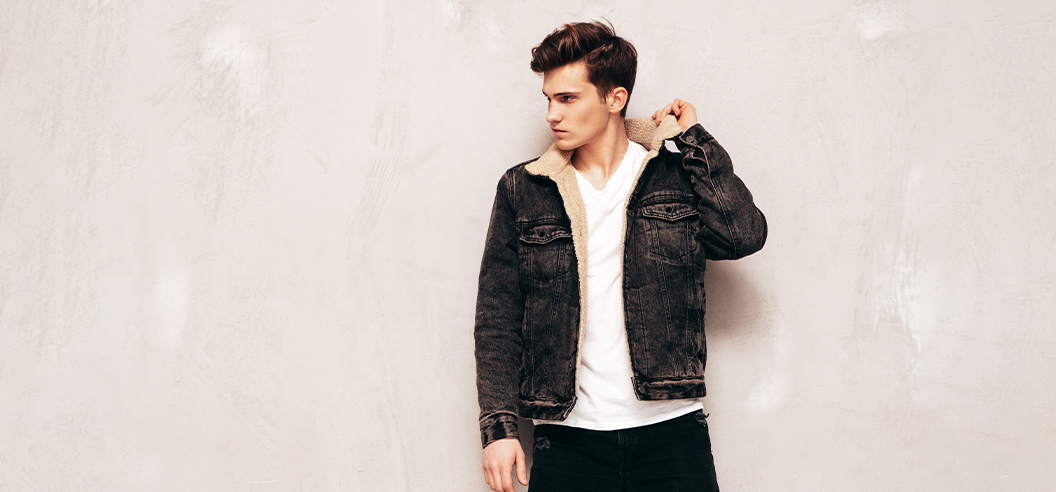THE EVOLUTION OF DENIM: FROM WORKWEAR TO FASHION STAPLE
Denim, a fabric originally synonymous with rugged durability, has undergone a remarkable transformation since its inception. From its humble beginnings as sturdy workwear for laborers to its current status as a fashion staple, denim's journey is a testament to its versatility and timeless appeal.

Denim: From Workwear to Fashion Staple
Denim's story begins in the late 19th century, with its creation in the French city of Nîmes—hence the term "denim," derived from "de Nîmes." Its initial use was purely practical. Denim was prized for its durability and was primarily used to make workwear, such as jeans, overalls, and jackets. These garments were designed to withstand the rigors of manual labor, making them a popular choice among miners, railroad workers, and cowboys.
The iconic denim jeans, as we know them today, were popularized by Levi Strauss and Jacob Davis in the 1870s. They introduced rivets to reinforce the pants, significantly enhancing their durability. This innovation quickly gained popularity, and Levi's jeans became a staple for workers across America.
The Evolution of Denim Fashion
The transition of denim from workwear to fashion began in the mid-20th century. In the 1950s, jeans emerged as a symbol of rebellion and youth culture. Hollywood played a significant role in this transformation, with actors like James Dean and Marlon Brando donning denim in iconic films. Their rugged, rebellious personas resonated with teenagers, making jeans a symbol of youthful defiance and individuality.
The 1960s and 70s saw denim becoming increasingly mainstream. The counterculture movement embraced jeans as a uniform, representing freedom and anti-establishment sentiments. During this period, denim also began to diversify. Bell-bottoms, denim jackets, and skirts became popular, showcasing the fabric's versatility.
Designer Denim and Beyond
The 1980s marked the advent of designer denim. Brands like Calvin Klein, Guess, and Jordache introduced jeans as high-fashion items. This era saw the emergence of designer labels and high price tags, with denim being marketed as a luxury product. The concept of "premium denim" took hold, with an emphasis on fit, finish, and branding.
In the 1990s and 2000s, denim continued to evolve. The grunge movement of the 90s brought distressed and oversized jeans into vogue, while the 2000s saw the rise of skinny jeans and a focus on tailored fits. Denim became a canvas for experimentation, with various washes, embellishments, and styles emerging.
Modern Denim: Sustainable and Innovative
Today, denim remains a cornerstone of fashion. The industry has seen a shift towards sustainability, with brands focusing on eco-friendly practices. Organic cotton, recycled materials, and water-saving technologies are now common in denim production, reflecting a growing awareness of environmental impact.
Innovation continues to drive denim's evolution. Technological advancements have led to the development of stretch denim, providing comfort without sacrificing style. Customization and personalization are also trends, with consumers seeking unique, bespoke pieces.
Conclusion
Denim's journey from utilitarian workwear to a global fashion staple is a testament to its enduring appeal and adaptability. Its ability to reinvent itself while remaining timeless ensures that denim will continue to be a beloved fabric for generations to come. Whether as a pair of classic blue jeans, a stylish jacket, or an innovative new design, denim's place in fashion history is secure and ever-evolving.
Explore our latest denim collections and find your perfect fit on our website, where tradition meets innovation in every stitch.



